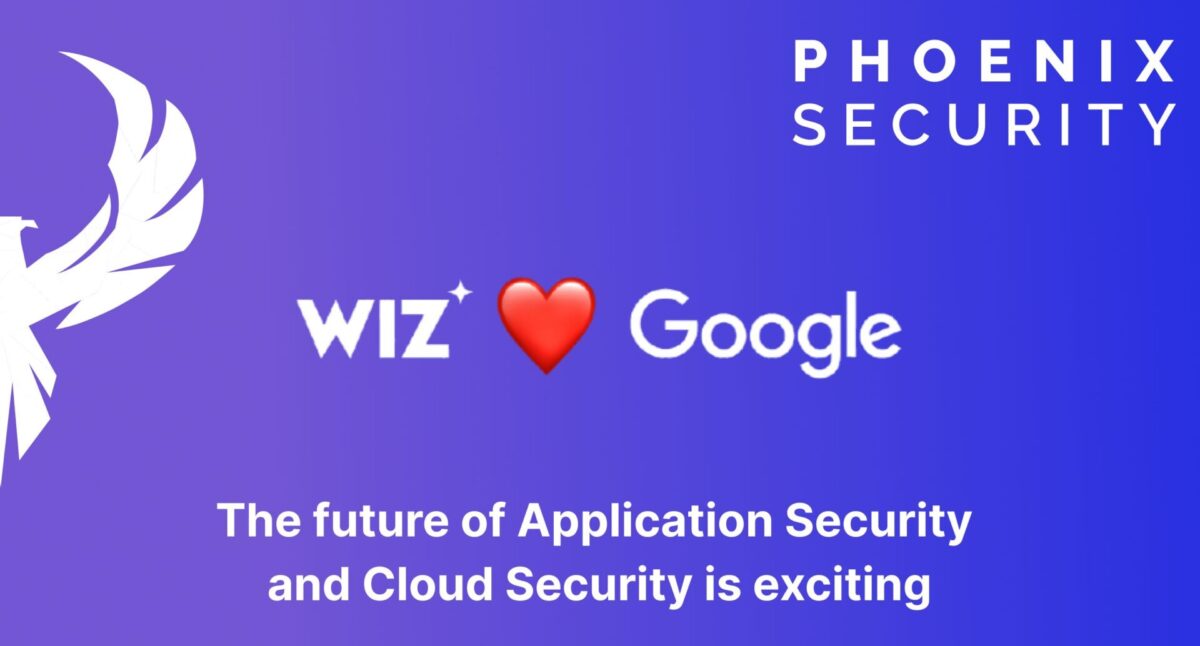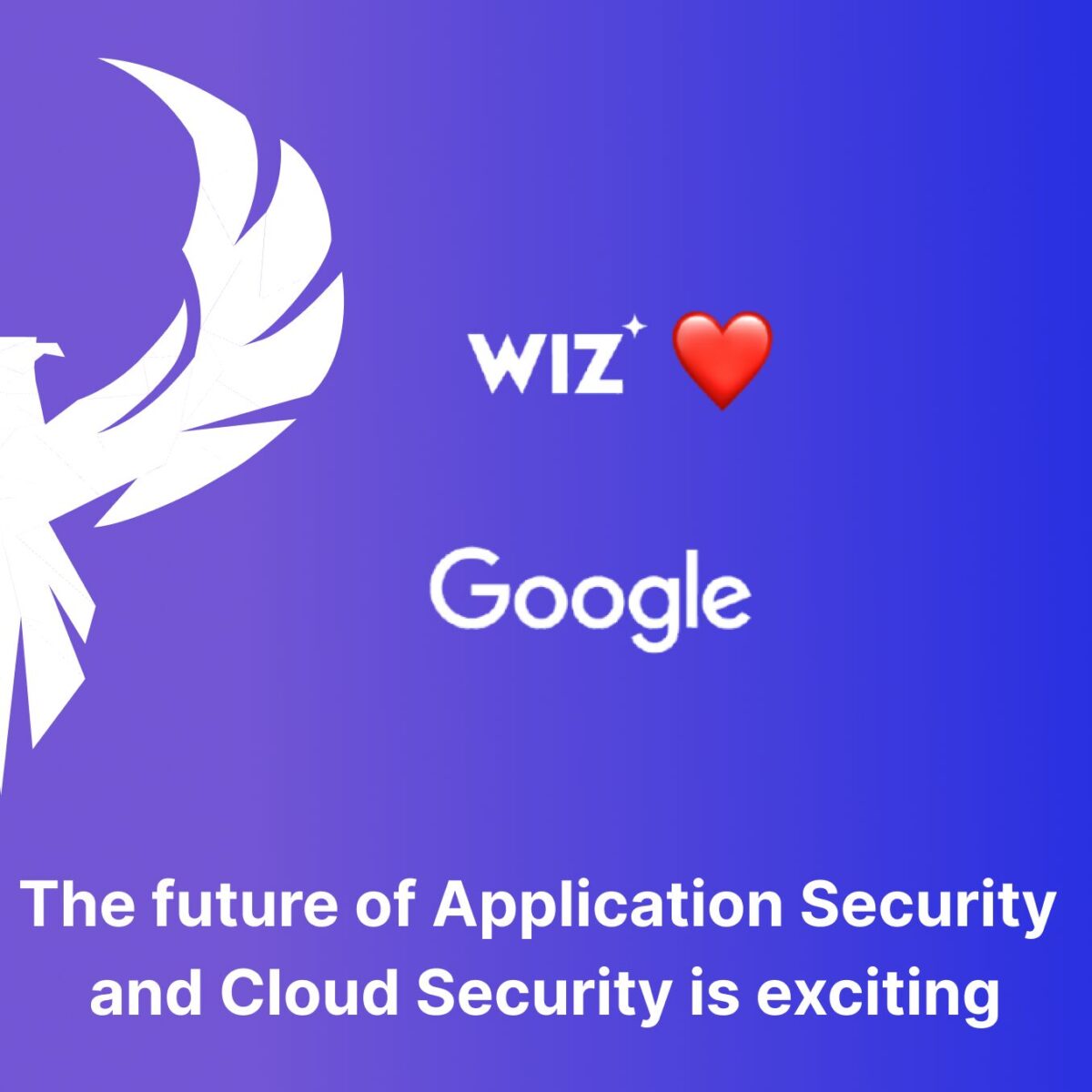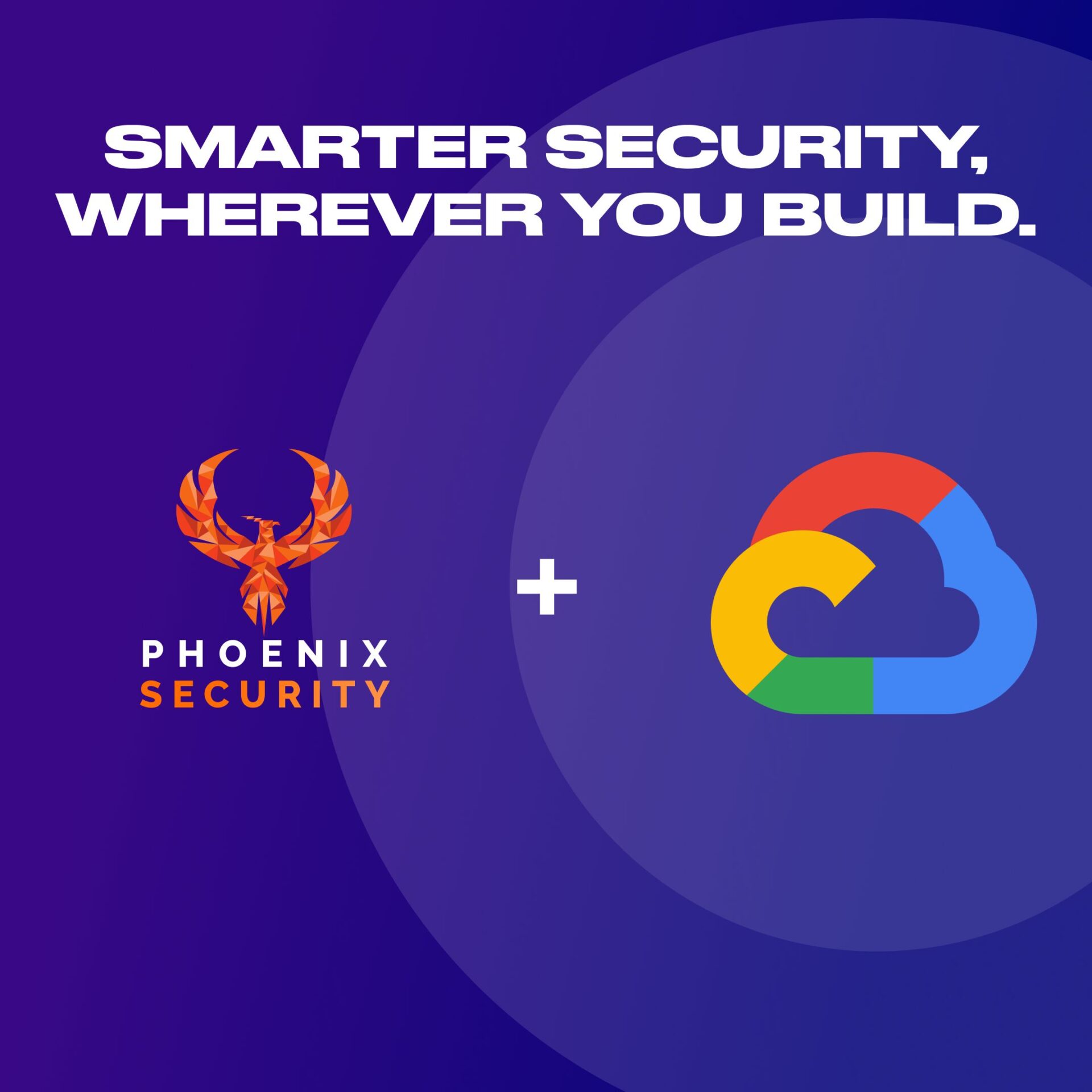
On March 18, 2025, Alphabet made a seismic move by acquiring Wiz for $32 billion, instantly becoming one of the largest M&A deals in recent memory. Congrats to the Wiz team for reaching this milestone! As cloud security remains a cornerstone of modern infrastructure, Google aims to align Wiz with AWS Security Hub, Azure Security Center, and its own Google Cloud Security Center to help enterprises navigate the complexity of multi-cloud environments. For users running workloads on GCP, Wiz’s technology may be a boon—providing streamlined scanning for containerized deployments and beyond.
This acquisition poses serious considerations for CISOs and security professionals despite the excitement. Wiz was once celebrated for its cloud-agnostic approach. Under Google, many wonder if Wiz can maintain that independent stance or whether it will become another component in a walled garden. The potential for vendor lock-in, especially for multi-cloud practitioners, raises questions about the future of application security and ASPM (Application Security Posture Management).
at Phoenix security remains a partner with both, so if you are considering consolidation/migration/question on the code 2 cloud approach, we can help with both migration/consolidation and code-to-cloud traceability
Get Help with Code2Cloud or migration
Below, we explore the implications of Google’s Wiz acquisition, strategies to guard against vendor lock-in in a multi-cloud world, and how a neutral solution like Phoenix Security can act as a bridge for code-to-cloud security with robust remediation.
Security is not a silver bullet but is a continuous Collaboration
A significant aspect of cybersecurity success is the collaboration between teams, tools, and technology. In our upcoming discussion with a major client at VulnCon, we’ll emphasize that a single “silver bullet” solution doesn’t exist or better it does when security engineering collaborates with ASPM/CNAPP like Phoenix Security. This synergy between security engineering and platforms like Phoenix Security—which leverage native tools such as GCP (G-Wiz), AWS, and Azure—can demystify the relationship between containers and cloud services. Coupling code-level insights with cloud posture monitoring is crucial for determining the blast radius of vulnerabilities across a continuous development lifecycle.
What the Acquisition Means for Existing Wiz Users
With the impending change in ownership, Wiz’s existing clients may see internal shifts that could spark distractions for a while. Historically, Wiz assured users that it would maintain an agnostic perspective, no matter the cloud environment. Now that Google is calling the shots, other cloud providers may hesitate to share proprietary roadmaps and integrations. This scenario could limit the tool’s breadth and highlight the risks of being tied to a single vendor.
Enterprises dedicated to a best-of-breed multi-cloud approach can find solace in Phoenix Security’s ability to manage native connections or Wiz integrations. The platform provides various scanning options—DAST, web scanning, SCA, and container scanning—bolstered by container lineage and contextual deduplication. This environment keeps your workflow void of security blind spots and guarantees scalability across clouds while preserving thorough visibility.
Why does it all matter?
The $32 billion is a powerful statement from Google to step up the security game and —it’s validation. Cloud security isn’t a plus one but it is the definitive way organizations build software and SaaS platforms in a modern way
From a practitioner standpoint, Google owning Wiz could mean Google Cloud Security Center gets a major boost. Google has already built a strong security portfolio with acquisitions like Mandiant (for incident response) and Chronicle (for security analytics). Adding Wiz’s proactive cloud vulnerability scanning could transform Google’s Security Center into a one-stop powerhouse. We might see seamless integration where Wiz’s findings feed into Google’s security dashboard, combined with Mandiant’s threat intel and Chronicle’s big-data analytics. Done right, Google could offer a comprehensive cloud security suite that outshines what AWS or Azure provides natively. This is exciting: it suggests better tooling and unified visibility, especially for those already in the Google ecosystem.
Nonetheless, practitioners are still lost in the complexity of vulnerability management, discovering who needs to fix which vulnerabilities, where
Security is continuous and not a one-time silver bullet
Security is not something you buy and forget but consistently audit and refine
Phoenix Security offers graph-based correlation from code to cloud, tracing vulnerabilities from libraries (like Log4j) to their container images and, finally, to every instance where those images run. This approach gives security teams a clear map of where vulnerabilities reside, their widespread, and the quickest path to targeted remediation.
Flexible Scanning with Phoenix Security (BYO Scanner or Scan with us)
Whether you already rely on open-source or commercial scanners—like AWS’s own scans, Azure Security Center, Snyk, Nessus, Checkmarx, OWASP ZAP, or Trivy—Phoenix Security integrates with 290+ tools to consolidate results and reduce noise. You can also tap into AWS Security Hub, Azure Security Center, Google Security Center, and Wiz (under Google) for native insights. If you prefer an agentless approach, Phoenix can glean information from cloud APIs and code repositories to assess security posture—minus the overhead of deploying additional agents.
Risk-Based Prioritization & Scalable Remediation
The Phoenix mantra is “from risk to action.” A 4-dimensional risk scoring model (covering business impact, network exposure, exploitability, etc.) ensures that urgent vulnerabilities, such as those in customer-facing services, receive higher priority than internal-only risks. Phoenix integrates with workflow platforms like Jira and Slack for immediate ticketing or alerting, aligning with your DevOps pipelines. Plus, deduplication and remediation campaigns help teams combat alert fatigue, focusing energy on the vulnerabilities that truly matter.
Many users report cutting container-related vulnerability noise by more than 90%, significantly accelerating time-to-remediate through Phoenix’s context-driven approach.
What Next?
Google’s $32 billion acquisition of Wiz underscores cloud security’s central role in how we build and deploy software. The next wave of cybersecurity innovation may well emerge from these integrations, enhancing the capabilities of platforms like Google Cloud Security Center. At the same time, vendor neutrality remains a lifeline for practitioners who prioritize openness, adaptability, and flexible remediation. In this evolving market, Phoenix Security acts as the connective tissue for multi-cloud and application security—bridging code to cloud with context-rich deduplication and actionable remediation insights.
The message is clear: while billion-dollar acquisitions can strengthen individual cloud ecosystems, the need for independent, multi-cloud-focused security solutions will only grow. By combining native tool integrations with a neutral overlay, you can maintain freedom of choice and resilient security in an unpredictable landscape.


















